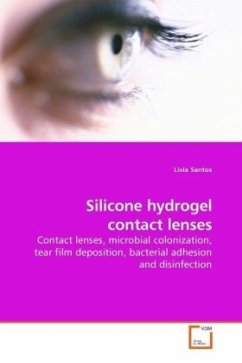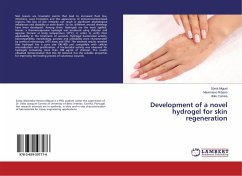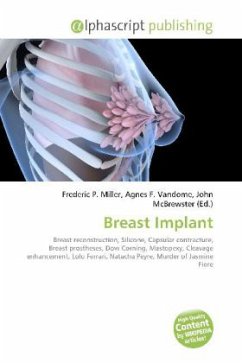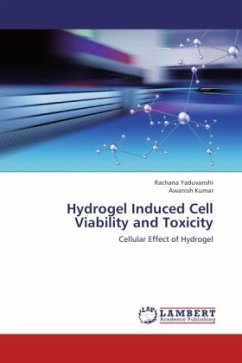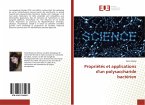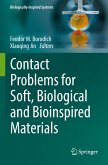Silicone hydrogel contact lenses (CLs) were launched 10 years ago. Their greater oxygen transmissibility grants the material a superior physiological performance. However, CL associated microbial keratitis still occurs. Aiming to understand the occurrence of microbial keratitis among silicone hydrogel CL wearers the present work will address the susceptibility of silicone hydrogel materials to microbial adhesion and colonization, tear film deposition, bacterial detachment and disinfection. Studies performed on worn CLs revealed that silicone hydrogel lenses are less susceptible to protein deposition than conventional hydrogels. This material is less prone to the adhesion of Staphylococcus epidermidis as well. With concern to disinfection, it was found that the formulation of the multipurpose solutions and the lens materials play a complex interaction that can ultimately lead to better or worse scores of disinfection. Reviewing the methods employed to evaluate CL disinfection and to improve the formulation of multipurpose solutions should reduce the number of microbial keratitis episodes among silicone hydrogel CL wearers.

